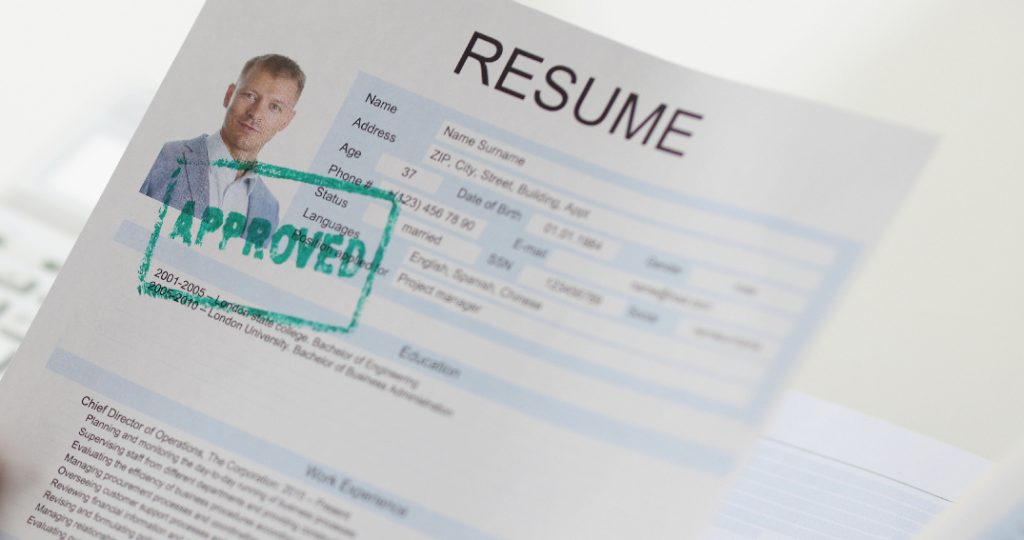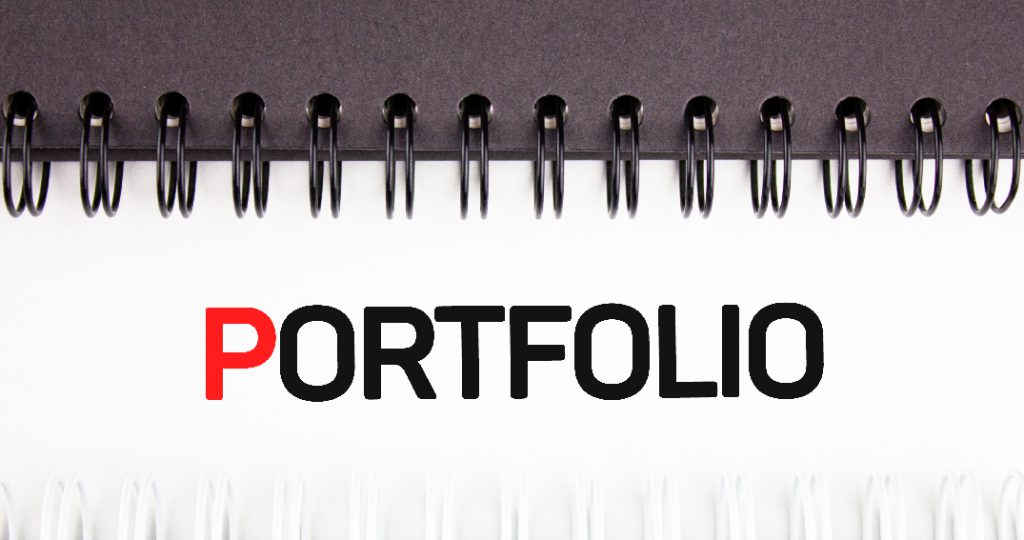Job Hunt 101: 11 Techniques to Excel in Your Job Hunt
You know what they say: you only have one chance to make a first impression. This is especially true when it comes to job interviews. In the Will-Smith-starring movie ‘The Pursuit of Happyness’, Chris Gardner (Will Smith) makes that impression by solving a Rubik’s Cube on a taxi ride with his future employer, ultimately earning him an interview, where he impresses everyone with his quick wit despite dressing inappropriately for the corporate job.

If you’re a job seeker, you’ll know that landing an interview itself feels like a run of luck. Everything that follows is a different ballgame altogether. Or, so it seems.
However, landing your dream job is not as hard as it may seem. You simply have to make sure you do the right things in the right order. Here’s a handy guide to help you master the art of getting hired.
1. Start with a great resume
This is your first chance to make a good impression, so make sure your resume is up to date and error-free. If you’re not sure where to start, there are plenty of resume templates and examples online. Just make sure to tailor it to the specific job you’re applying for. Also, these days, employers leverage AI-driven tools to screen resume, wherein key details are extracted from thousands of resumes at once. Here, it is critical to note that your prospective employer may target skills as specifically mentioned in their job description.

For instance, if the job description mentions “Agile” as its framework, make sure that your resume also contains “Agile” as a keyword even if you’ve listed your roles and responsibilities as a Scrum Master. It will ensure that if any tool cannot establish such correlations, you will not lose out on the job opportunity owing to its limitations.
2. Build And Maintain A Good Online Profile
The first impression may still be crucial, but it’s no longer all about your dressing sense or the ability to solve a Rubik’s Cube. With the advent of social media, you’re also expected to be socially adept and tech-savvy.
So start blogging, tweeting, pinning, and posting on Facebook and other social media platforms including LinkedIn like it is nobody’s business. And while you do that, make sure it is consistent and relevant to your chosen career. As a part of their screening process, employers generally scan the social media handles of their candidates.

Displaying your skills and enthusiasm in your online profile is a sure-shot way of presenting yourself as the right person for the job. It may also improve your visibility amongst your social circle and second-degree contacts, thereby earning you a direct referral or inbound offer.
3. Create Your Professional Social Media Footprint
In today’s day and age, it is not enough to only have a physical resume. Many recruiters will also look you up online before they decide to offer you the job. So, make sure your social media presence is positive and professional. This doesn’t mean deleting all traces of your personal life; simply ensure that anything visible to the public portrays you in a good light. Also, sharing professional posts reflects that you’re passionate about your job. It boosts your chances of getting hired.

4. Research the company and the role
Before you go into an interview, it’s important to do your research. This includes both the company and the specific role you’re applying for.
For the company, look up their website, read their mission statement, and check out their social media. This will give you a good idea of their culture and what they’re looking for in an employee.

As for the role, read the job description carefully and make a list of the key skills and attributes they’re seeking. Then, think of examples from your past experiences that demonstrate these qualities. This will help you ace the interview questions.
5. Prepare for common interview questions
There are some interview questions that are so common, they’re almost guaranteed to come up. These include questions like “Tell me about yourself”, “What are your strengths and weaknesses”, and “Why are you interested in this role?”.
To prepare for these, think of specific examples from your past that illustrate your strengths. For weaknesses, be honest but avoid anything that would make you seem like an unsuitable candidate for the job. As for the third question, reiterate what you’ve learned about the company and how the role fits into your career goals.
6. Build A Professional Online Portfolio
A portfolio is essentially an online compendium of your accomplished projects, experience, and achievements. If you’re a fresh graduate looking for your first full-time job, you can use your portfolio to showcase the skills gained from internships, freelance projects, and any other interesting things you have been involved in.

In addition to your portfolio, it’s also a great idea to include testimonials from your previous employers. The objective here is to present yourself as a well-rounded candidate who excels in different roles and can deliver the right results at any given time. While building your portfolio, make sure you include any relevant achievements and skills in your resume.
7. Dress for success
First impressions aren’t just important in interviews; they’re also important in life. When it comes to dressing for an interview, always err on the side of caution by dressing too formally rather than too casual. This shows that you’re taking the opportunity seriously and respect the interviewer’s time enough to make an effort. Plus, it never hurts to look good!

8. Constantly Upskill Yourself by Creating Career Roadmap
It’s no longer enough to be good at what you do. Employers are increasingly becoming choosy and looking for someone who can not only deliver the right results but also has the potential to grow. Make sure you’re constantly upskilling yourself by enrolling in a course or a recognised upskilling program relevant to your dream job.
A great way to do so is by creating a career roadmap for yourself. For instance, say you’re a front-end developer and want to land a job as a full-stack developer. To do so, you will not only need to learn back-end development, you will also have to have implemented this acquired knowledge on projects as a full-stack developer.
So, your career roadmap will entail first learning necessary back-end skills, implementing them at an intermediary job, and then applying for your dream position. You can simplify this process via AI-backed, guided career roadmaps offered by career building platforms such as Epitome.ai.

9. Follow up after the interview
Once the interview is over, don’t just sit and wait for a call back. Send a thank-you email to your interviewer within 24 hours of meeting them. This shows courtesy and also reinforces your interest in the role. You can also use this opportunity to reiterate why you’re the best candidate for the job by highlighting certain points from your conversation that you feel are worth repeating. However, ensure to not make this email too elaborate.

10. Get a Mentor
A mentor is someone who can guide and support you as you navigate your way through your career. They can offer advice, share their own experiences, and help you identify opportunities. Having a mentor is not only beneficial for job seekers; it’s also beneficial for those who are already employed but looking to take their career to the next level.

11. Keep Trying
Even if you don’t get the first job you apply for, don’t give up! Each interview is an opportunity to learn and improve upon your previous performance. So, use each one as a chance to practice your interviewing skills and grow as a professional. With enough persistence, you’re bound to find the right role for you eventually.
Landing your dream job takes effort, research, and preparation. However, if you follow these steps carefully, you’ll be one step closer to impressing potential employers and getting hired!
Why not check out how Epitome Career Builder can help you prepare yourself for the fast job market of today?
